Home>Gardening & Outdoor>Landscaping Ideas>How Long To Water Dead Grass
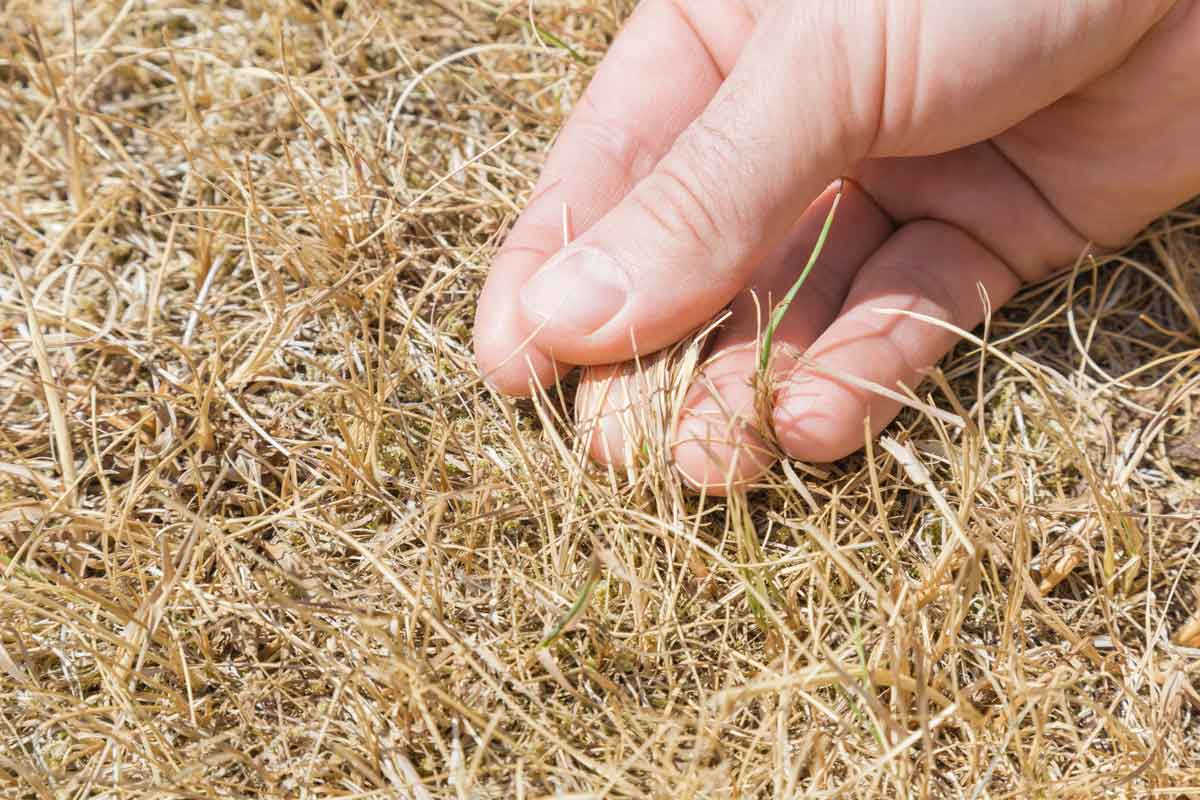

Landscaping Ideas
How Long To Water Dead Grass
Modified: February 18, 2024
Learn the best landscaping ideas for reviving dead grass and how long to water it for a lush, green lawn. Expert tips and techniques for successful lawn care.
(Many of the links in this article redirect to a specific reviewed product. Your purchase of these products through affiliate links helps to generate commission for Storables.com, at no extra cost. Learn more)
Factors Affecting Watering Time for Dead Grass
Properly watering dead grass is crucial for revitalizing your lawn and restoring its lush green appearance. However, the watering duration and frequency depend on several factors that directly impact the grass's ability to absorb moisture and nutrients. Understanding these factors is essential for effectively rejuvenating your lawn.
-
Grass Type: Different grass species have varying water requirements. For instance, cool-season grasses such as fescue and bluegrass necessitate more frequent watering compared to warm-season varieties like Bermuda and Zoysia. It's important to identify the specific type of grass in your lawn to determine the appropriate watering schedule.
-
Soil Composition: The soil's ability to retain moisture significantly influences watering time. Sandy soils drain water rapidly, requiring more frequent watering sessions but for shorter durations. Conversely, clay soils retain moisture for longer periods, necessitating less frequent watering but for extended durations.
-
Weather Conditions: Environmental factors, including temperature, humidity, and wind, directly impact the grass's water requirements. During hot and dry weather, the grass may require more frequent watering to prevent dehydration. Conversely, cooler and more humid conditions may necessitate less frequent watering.
-
Sunlight Exposure: The amount of sunlight your lawn receives affects its water needs. Areas with ample sunlight may require more frequent watering to compensate for the increased evaporation rate. Conversely, shaded areas may retain moisture for longer periods, requiring less frequent watering.
-
Seasonal Variations: Watering requirements fluctuate throughout the year. During the summer months, when temperatures are higher, the grass may require more frequent and longer watering sessions to combat heat stress. In contrast, during cooler seasons, the grass may necessitate less frequent watering.
-
Overall Lawn Health: The condition of the grass, including its root depth and overall health, influences watering time. Healthy, deep-rooted grass may require less frequent watering, as it can access moisture from deeper soil layers. Conversely, stressed or damaged grass may necessitate more frequent watering to support its recovery.
By considering these factors, you can tailor your watering schedule to meet the specific needs of your dead grass, promoting its revival and ensuring a vibrant, healthy lawn.
Key Takeaways:
- Proper watering of dead grass depends on factors like grass type, soil, weather, sunlight, season, and lawn health. Tailoring watering to these factors promotes lawn revival and health.
- Signs of overwatering dead grass include soggy soil, foul odor, yellowing, increased weeds, mold, and insect infestation. Adjusting watering practices promptly can mitigate damage and aid lawn recovery.
Signs of Overwatering Dead Grass
Overwatering dead grass can exacerbate its condition, hindering the potential for recovery and impeding the growth of new, healthy grass. Recognizing the signs of overwatering is crucial for adjusting your lawn care practices and preventing further damage. Here are the key indicators that your dead grass may be receiving excessive moisture:
-
Soggy Soil: One of the most apparent signs of overwatering is consistently soggy soil. When the ground feels excessively wet and squishy, it indicates that the grass is being inundated with more water than it can effectively absorb. This oversaturation can lead to root suffocation and create an environment conducive to fungal growth.
-
Foul Odor: Overwatering can result in a musty, unpleasant odor emanating from the lawn. This odor is often associated with anaerobic conditions caused by waterlogged soil, indicating a lack of oxygen essential for healthy root development.
-
Yellowing and Wilting: Paradoxically, overwatered grass may exhibit symptoms similar to underwatered grass, such as yellowing and wilting. The excessive moisture impedes the grass's ability to uptake essential nutrients, leading to a lackluster, unhealthy appearance.
-
Increased Weed Growth: Overwatering creates favorable conditions for weed proliferation. The presence of an abundance of weeds in the lawn, particularly in areas with dead or struggling grass, can signify overwatering.
-
Mold and Fungus: Excessive moisture fosters the growth of mold and fungus on the soil surface and grass blades. The appearance of mold patches or powdery mildew is a clear indication of overwatering, signaling the need to adjust the watering regimen.
-
Insect Infestation: Overwatered lawns are susceptible to insect infestations, as the damp environment attracts pests that can further damage the already distressed grass.
Recognizing these signs of overwatering dead grass empowers you to make informed adjustments to your lawn care routine. By addressing the issue promptly and optimizing the watering schedule, you can mitigate the detrimental effects of overwatering and create an environment conducive to the successful rejuvenation of your lawn.
Water dead grass for about 15-20 minutes, 2-3 times a week. This will help keep the soil moist and promote new growth. Avoid overwatering, as it can lead to root rot.
Signs of Underwatering Dead Grass
Identifying the signs of underwatering dead grass is essential for implementing corrective measures to revive your lawn. Insufficient moisture can impede the grass's ability to recover and regrow, leading to a lackluster, parched appearance. By recognizing the following indicators, you can address the issue of underwatering and facilitate the revitalization of your lawn:
-
Faded Color: Underwatered grass often exhibits a faded or dull appearance, signaling its distress due to inadequate moisture. The once vibrant green hue fades, and the grass may appear lackluster and brittle.
-
Slow Growth: Insufficient water inhibits the grass's growth, resulting in stunted or slow development. The lawn may appear sparse, with patches of struggling or dormant grass, indicating the need for increased hydration.
-
Thinning and Bare Patches: Underwatered areas may display thinning and bare patches, where the grass has receded or ceased to grow. These areas often contrast starkly with adequately watered sections, emphasizing the impact of inadequate moisture on the grass's vitality.
-
Crunchy Texture: When touched, underwatered grass may feel dry and crunchy, lacking the supple resilience characteristic of well-hydrated turf. This texture reflects the grass's struggle to retain moisture and maintain its resilience.
-
Folding Blades: In an effort to conserve moisture, underwatered grass may exhibit folding or rolling of its blades. This adaptive response reduces the surface area exposed to the sun, minimizing water loss through transpiration.
-
Soil Hardness: Underwatered soil becomes compacted and hardened, impeding water penetration and root development. The ground may feel dry and unyielding, indicating the need for increased watering to rehydrate the soil and support the grass's recovery.
-
Increased Weed Invasion: Underwatered lawns are susceptible to weed invasion, as the struggling grass creates opportunities for opportunistic weeds to thrive. The presence of an abundance of weeds in parched areas underscores the need for adequate watering to promote healthy grass growth and suppress weed proliferation.
Recognizing these signs of underwatering empowers you to adjust your lawn care practices effectively. By addressing the issue promptly and optimizing the watering schedule, you can mitigate the detrimental effects of underwatering and create an environment conducive to the successful rejuvenation of your lawn.
Tips for Properly Watering Dead Grass
Properly watering dead grass is a critical aspect of lawn care that directly influences its potential for revival and rejuvenation. By implementing the following tips, you can optimize the watering process to support the recovery of your lawn:
-
Establish a Consistent Schedule: Consistency is key when it comes to watering dead grass. Establish a regular watering schedule, taking into account the specific needs of your grass type, soil composition, and prevailing weather conditions. Consistent watering promotes healthy root development and facilitates the absorption of essential nutrients.
-
Water in the Morning: Aim to water your lawn in the early morning to maximize absorption and minimize water loss through evaporation. Morning watering allows the grass blades to dry during the day, reducing the risk of fungal growth and disease.
-
Deep Watering: Encourage deep root growth by watering the grass thoroughly. Ensure that the water penetrates the soil to reach the root zone, promoting strong and resilient roots that can withstand environmental stressors.
-
Avoid Shallow Watering: Shallow watering can lead to surface root development, making the grass more susceptible to drought and heat stress. Instead, focus on delivering sufficient water to penetrate the soil to a depth of at least 6 inches, promoting robust root growth.
-
Use Proper Irrigation Techniques: Utilize efficient irrigation methods, such as soaker hoses or drip irrigation, to deliver water directly to the root zone. This minimizes water wastage and ensures targeted hydration, optimizing the grass's ability to absorb moisture.
-
Monitor Soil Moisture: Regularly assess the moisture levels in the soil to gauge the effectiveness of your watering regimen. Use a soil moisture meter or simply probe the soil to determine its hydration status and adjust your watering frequency accordingly.
-
Consider Environmental Factors: Be mindful of environmental variables such as temperature, humidity, and sunlight exposure when determining your watering schedule. Adjust the frequency and duration of watering based on seasonal variations and prevailing weather conditions to accommodate the grass's evolving needs.
-
Observe Grass Response: Pay attention to how the grass responds to your watering routine. Healthy, revitalizing grass will exhibit improved color, increased growth, and enhanced resilience. Conversely, if the grass shows signs of overwatering or underwatering, adjust your watering practices accordingly.
By incorporating these tips into your lawn care routine, you can effectively support the revival of dead grass, fostering its rejuvenation and contributing to the overall health and vibrancy of your lawn.
Frequently Asked Questions about How Long To Water Dead Grass
Was this page helpful?
At Storables.com, we guarantee accurate and reliable information. Our content, validated by Expert Board Contributors, is crafted following stringent Editorial Policies. We're committed to providing you with well-researched, expert-backed insights for all your informational needs.
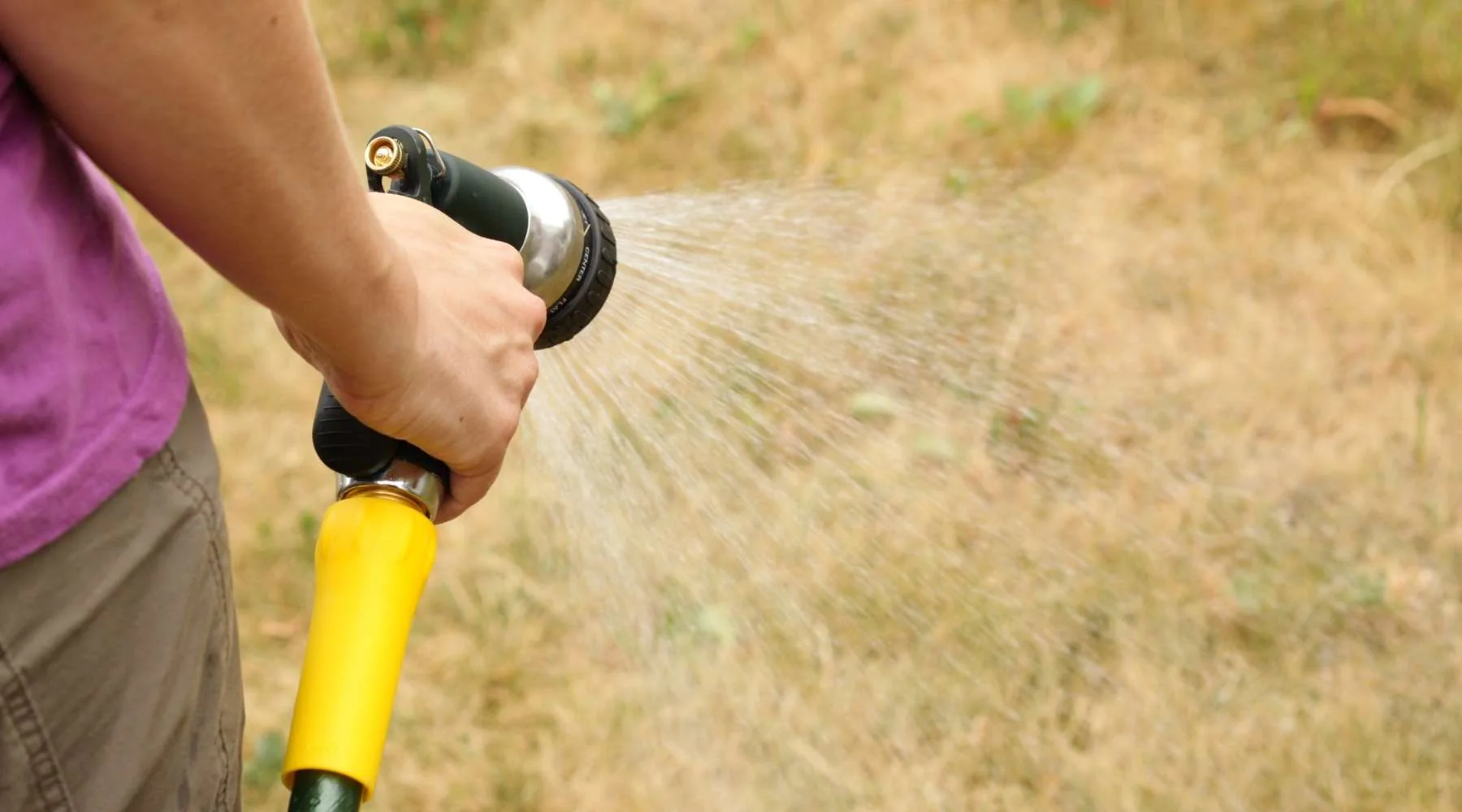
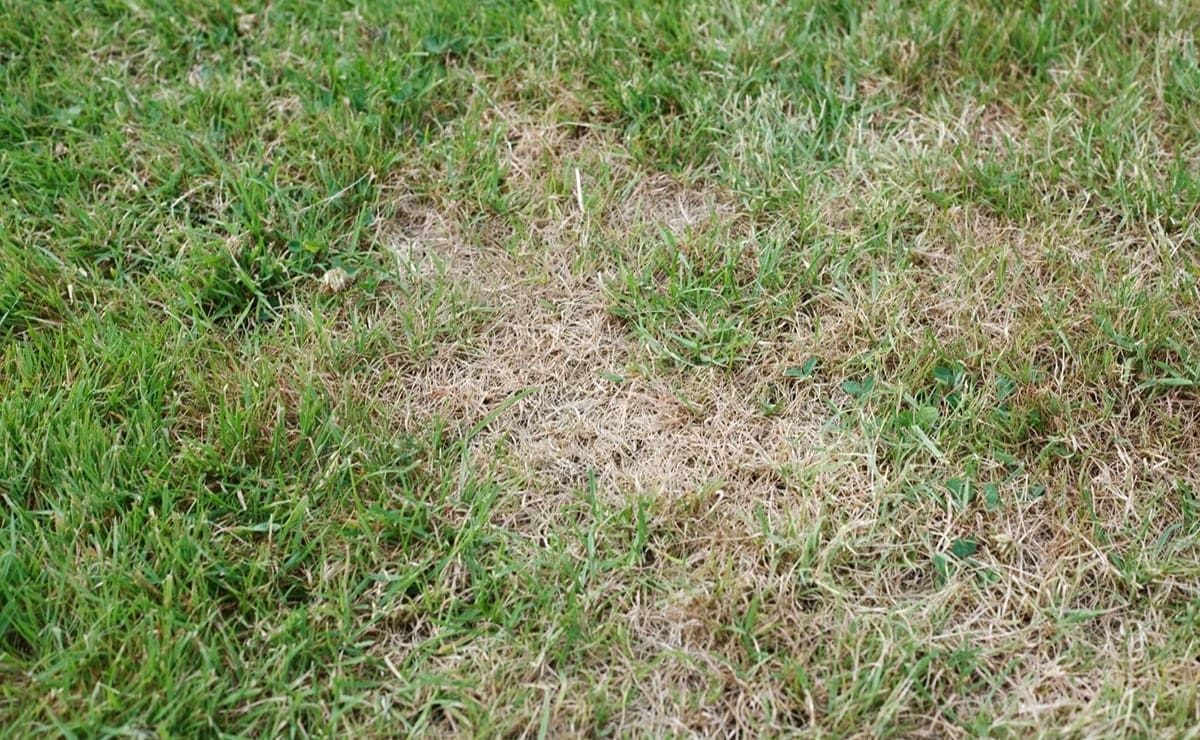
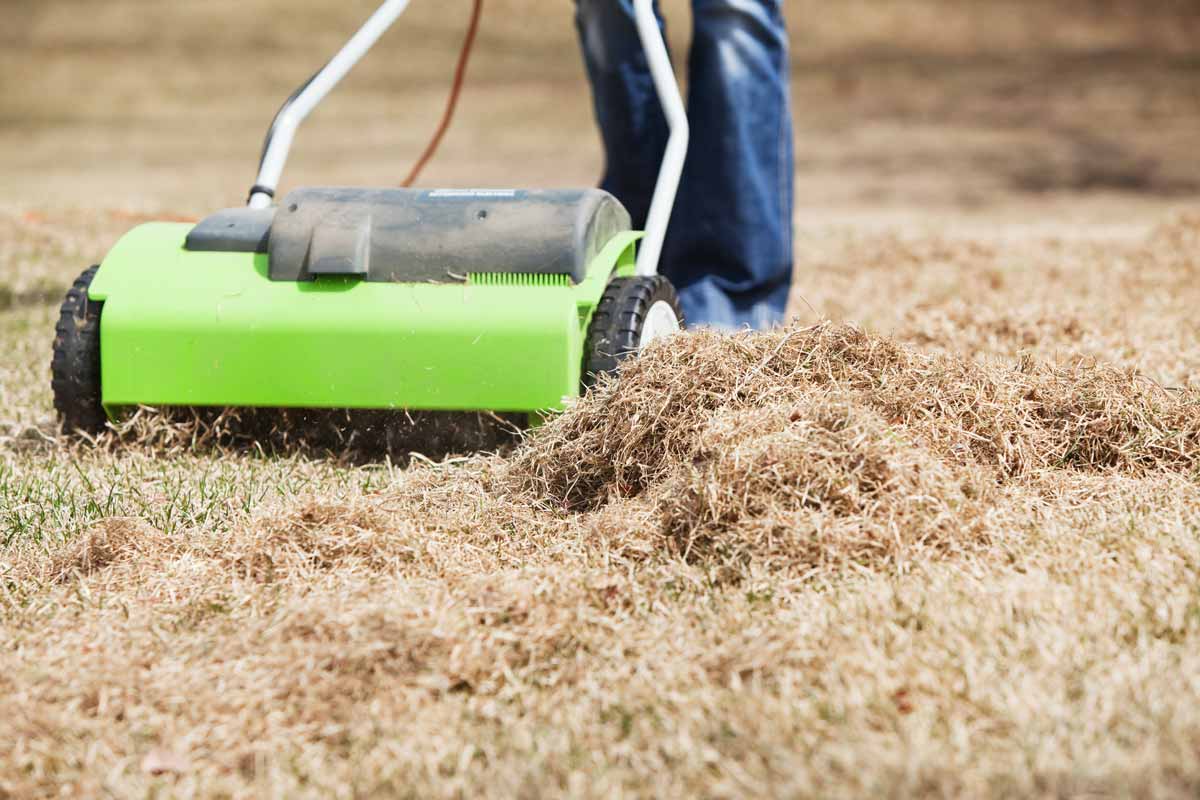
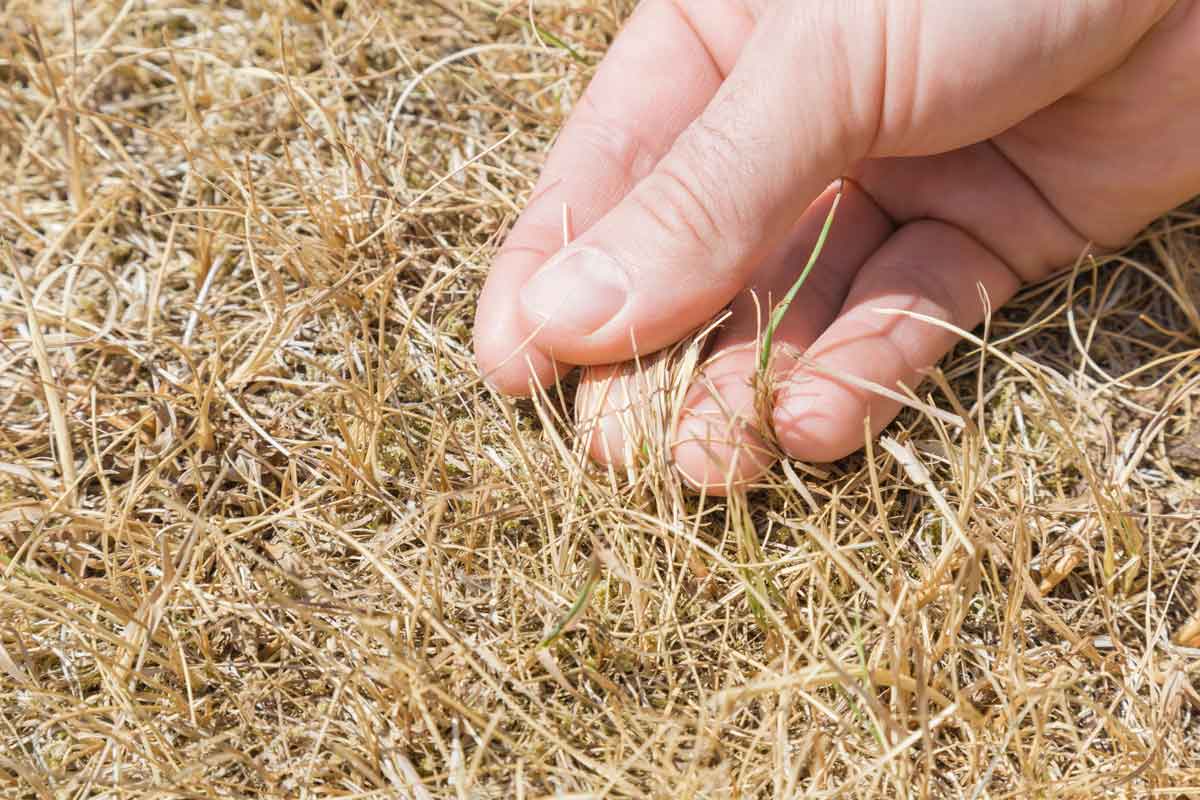
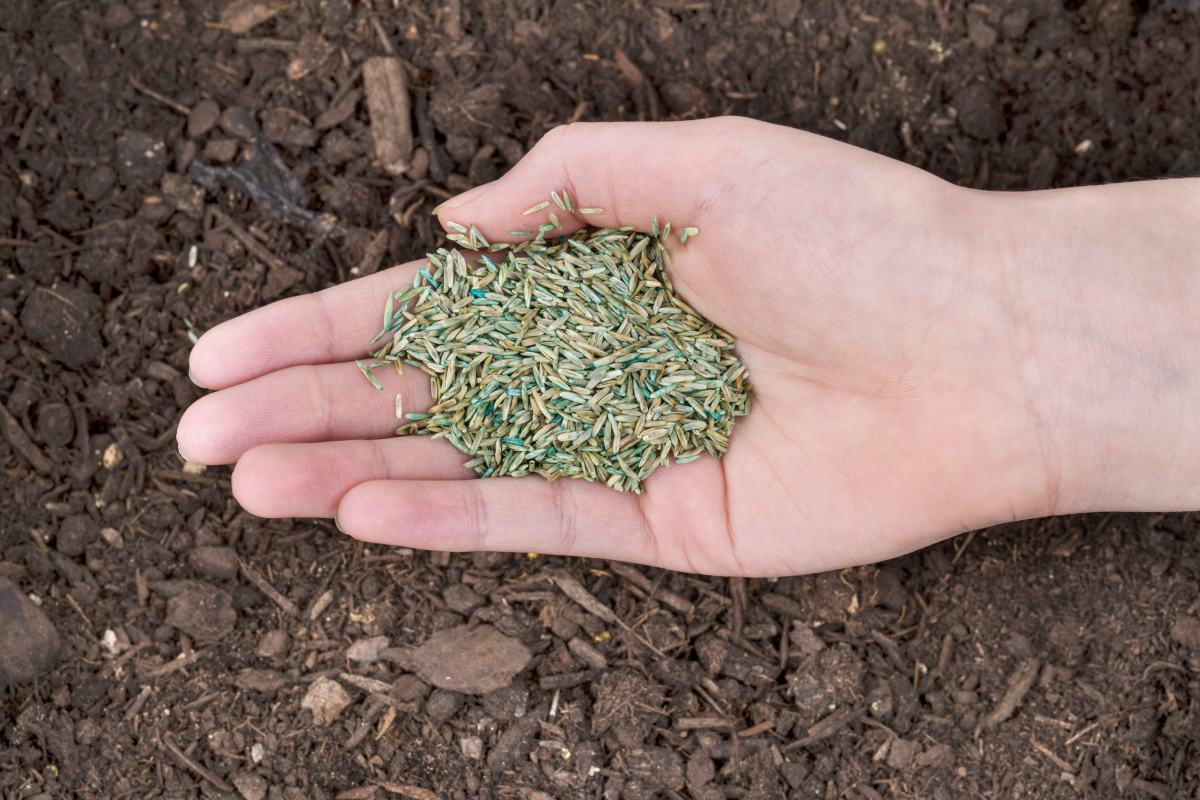
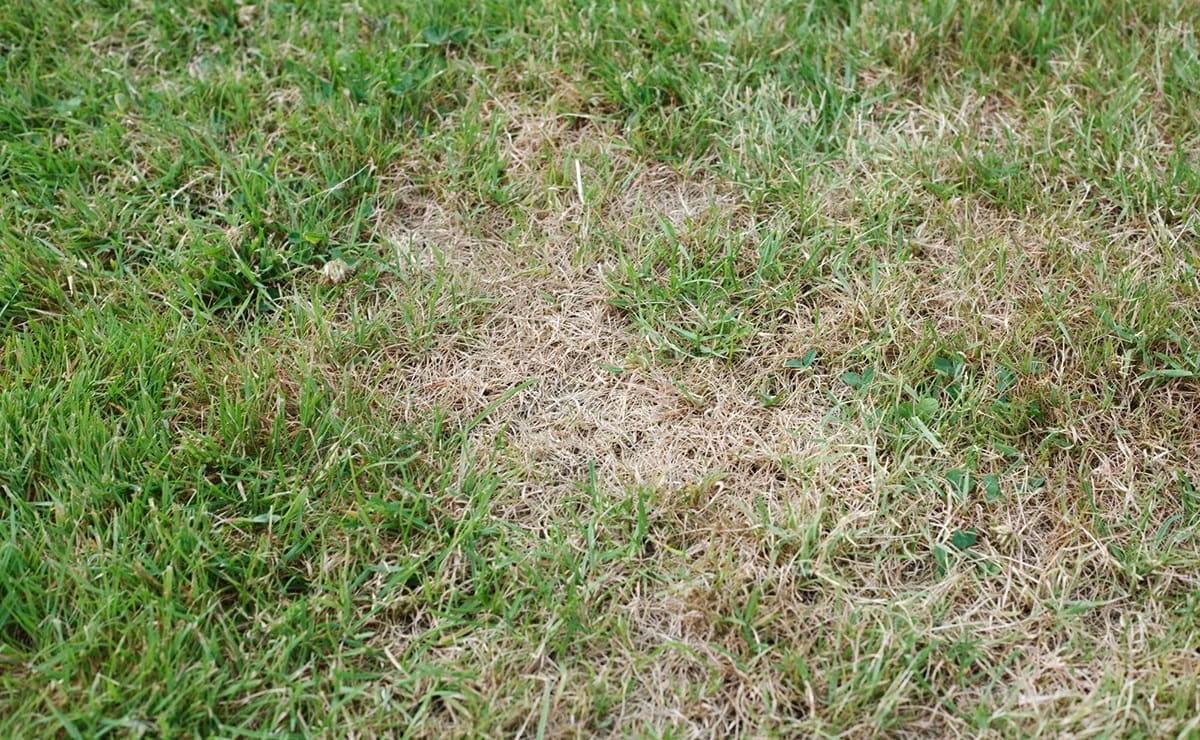
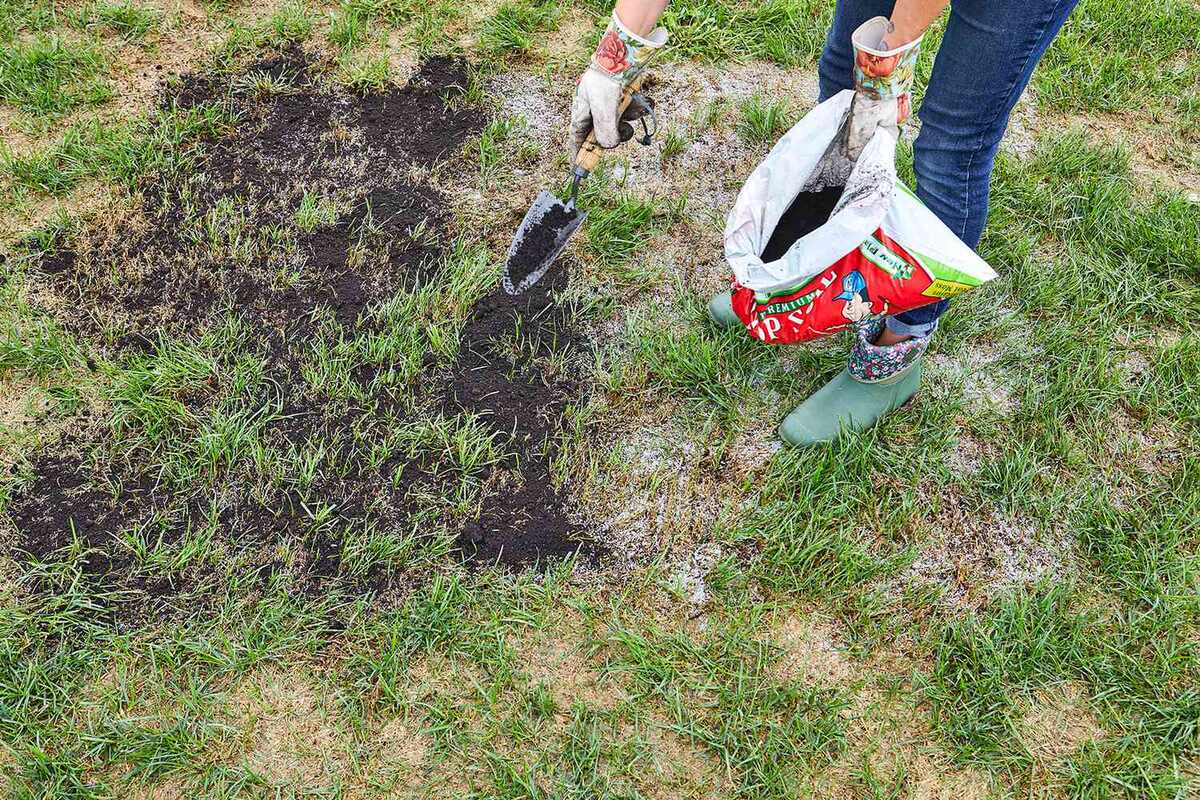
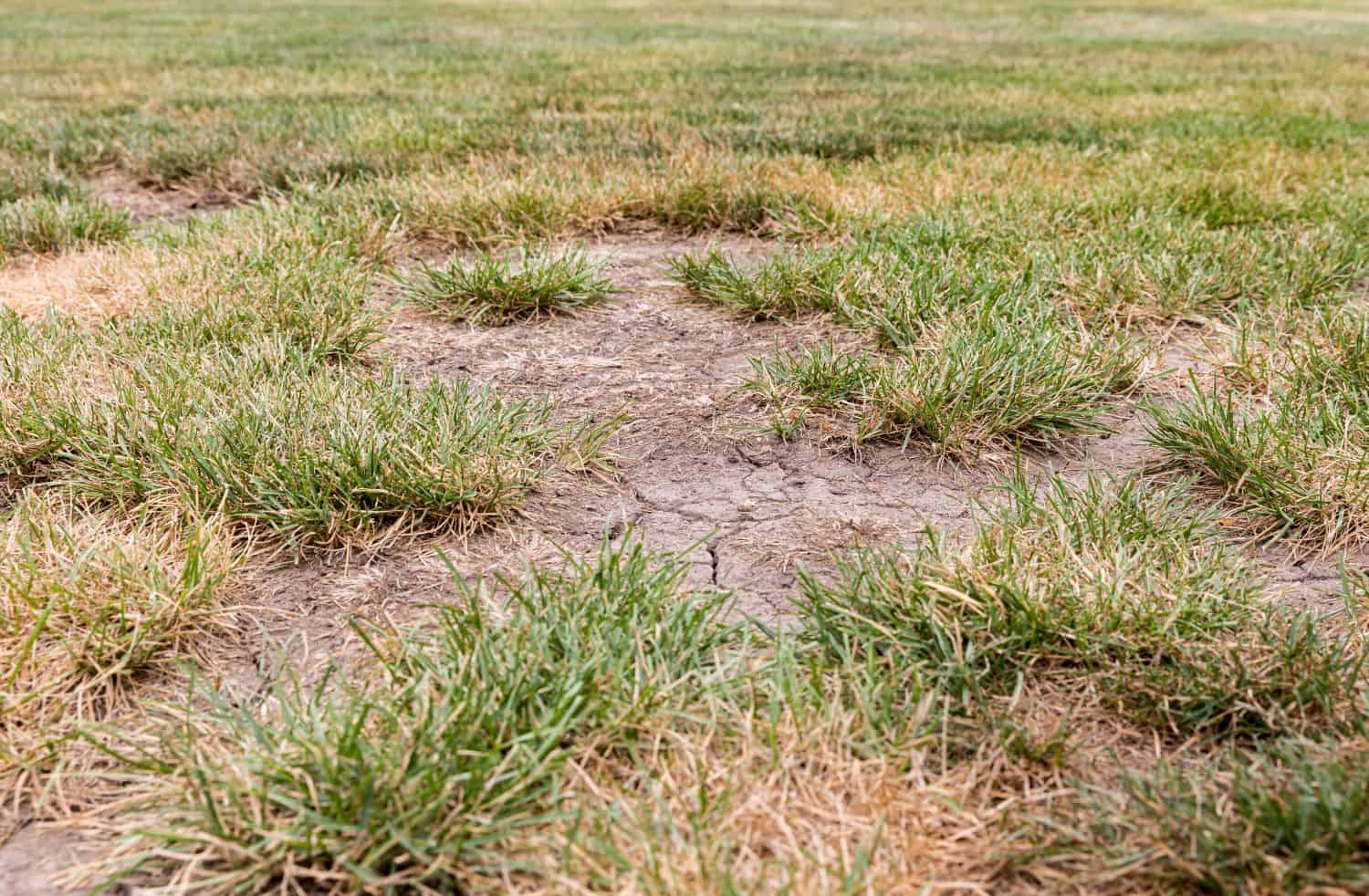
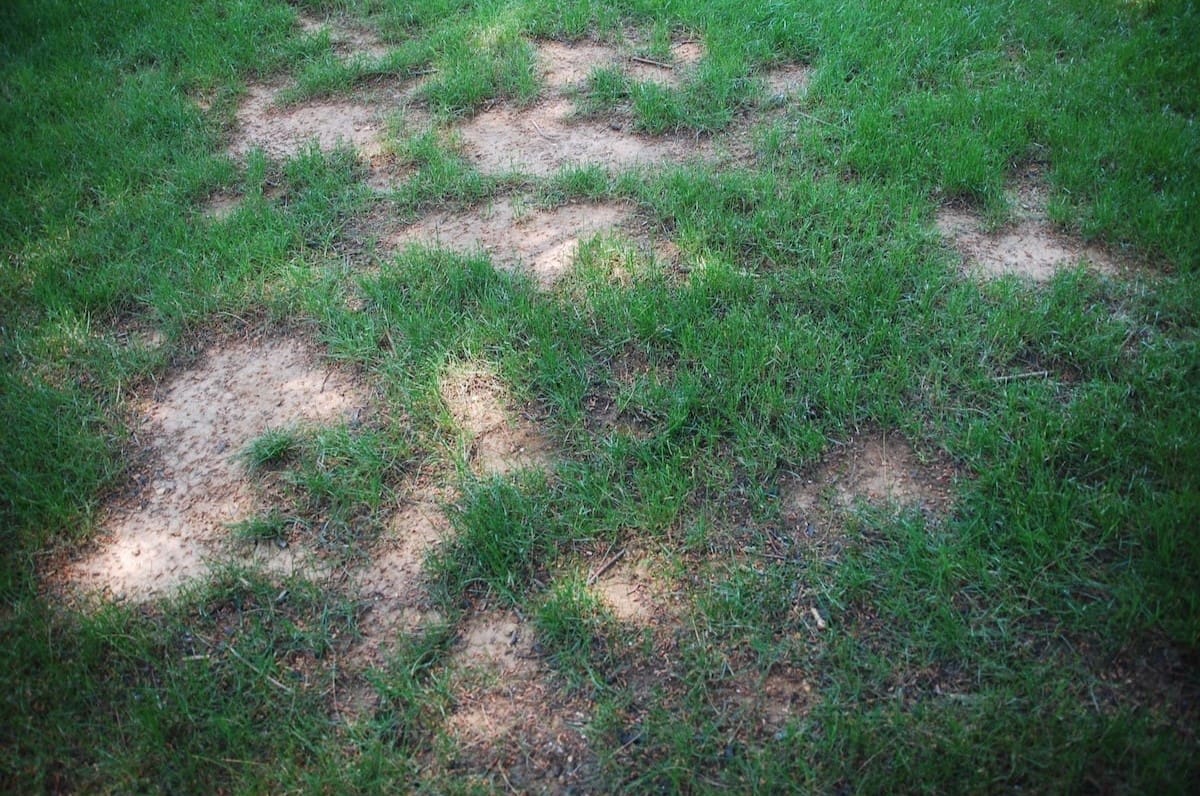
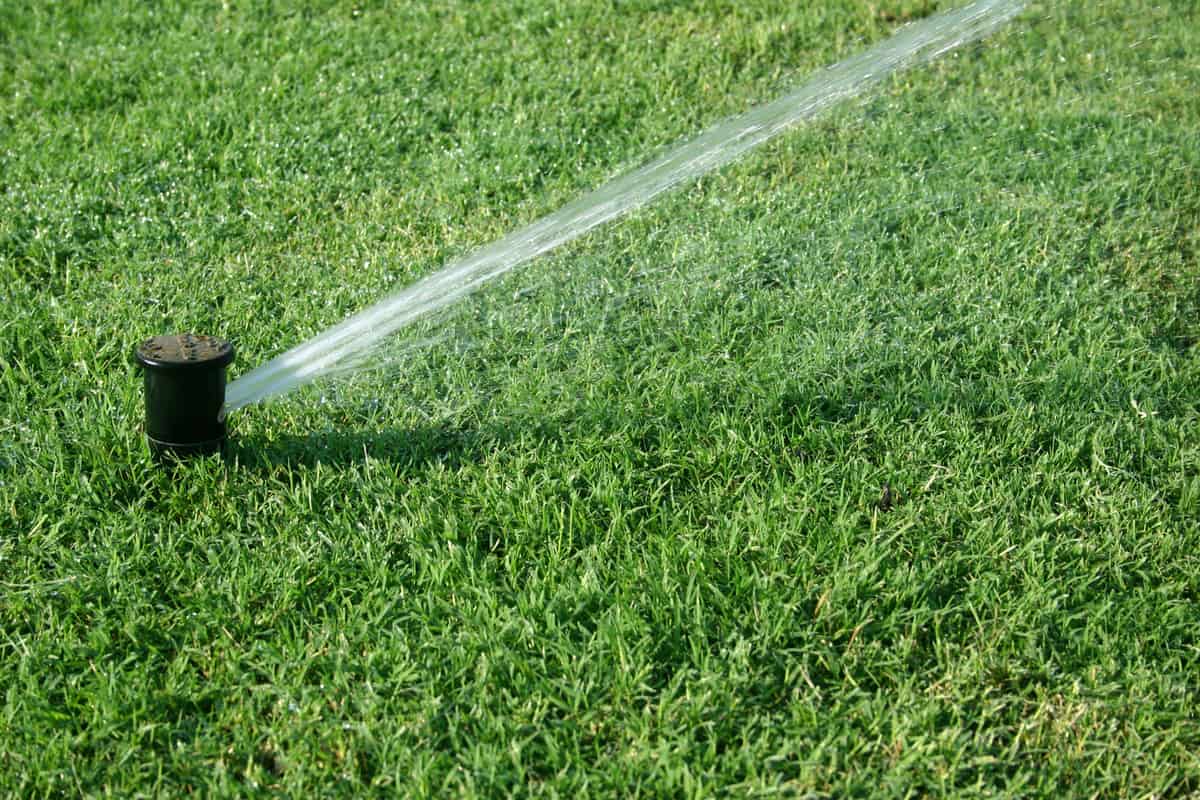
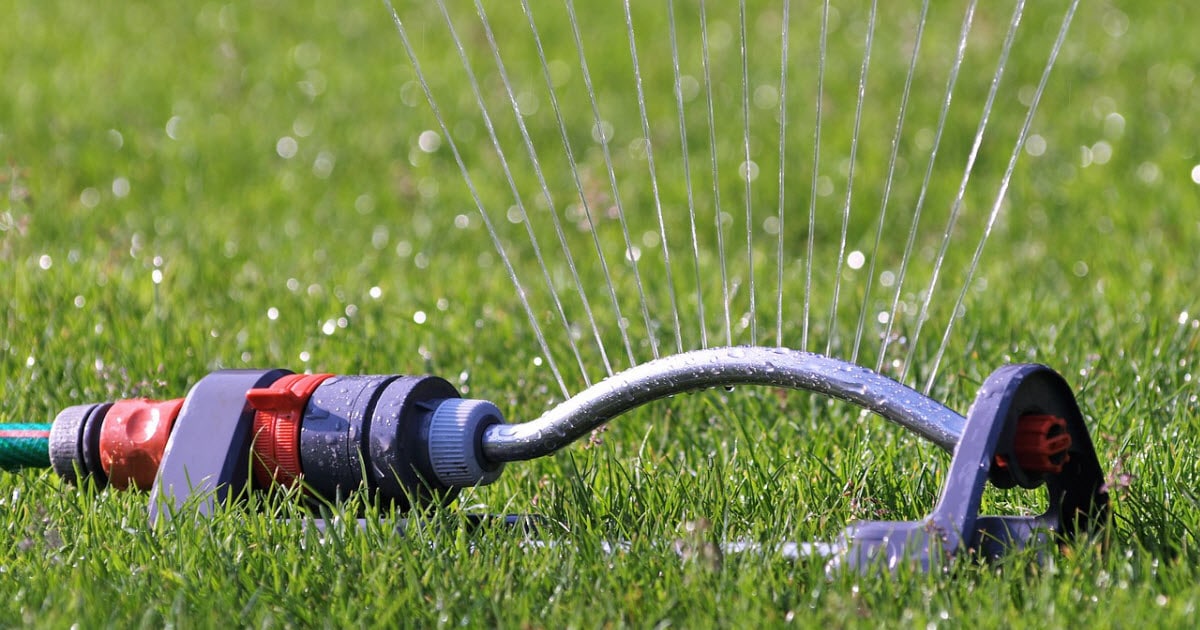
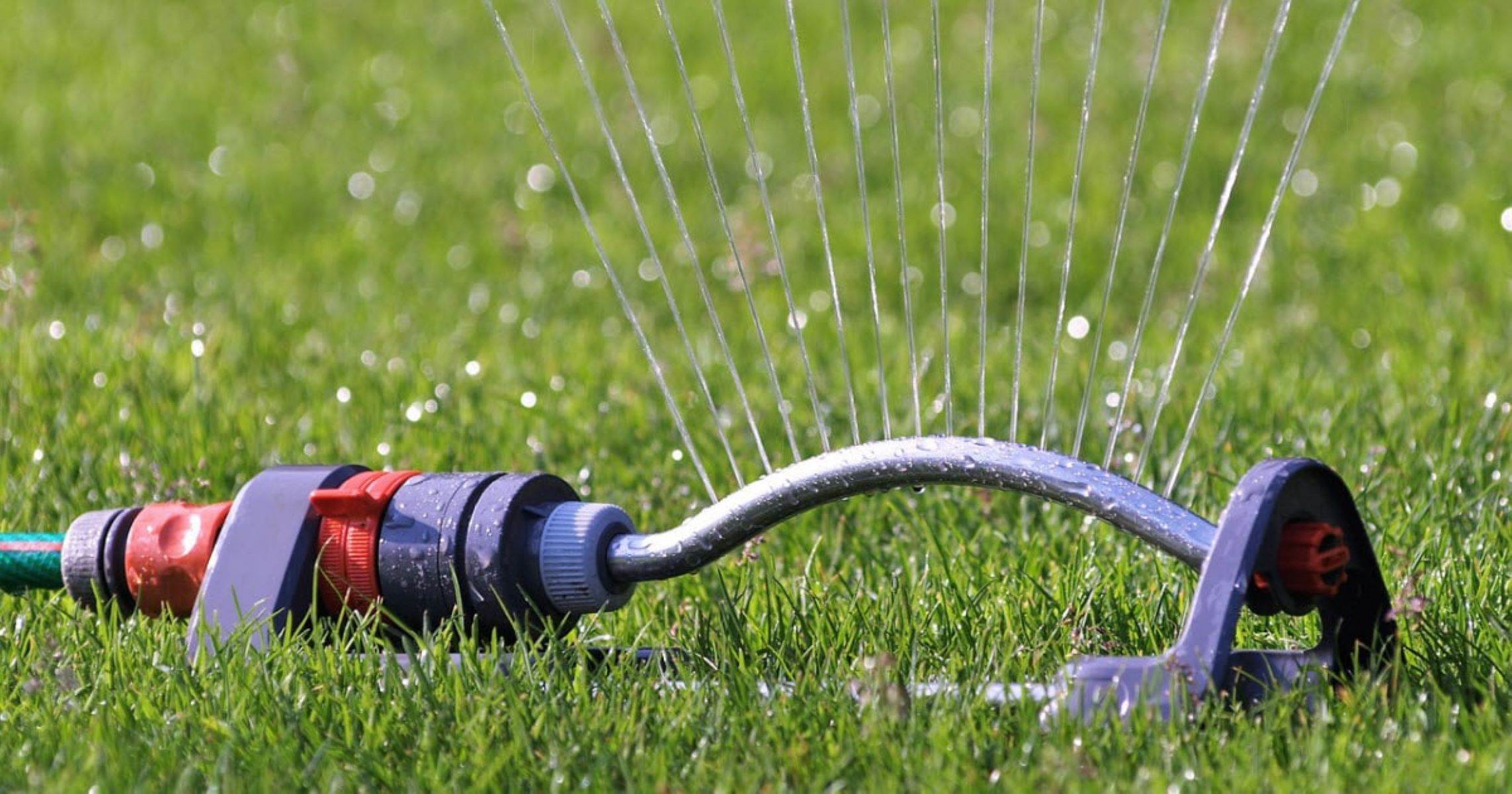
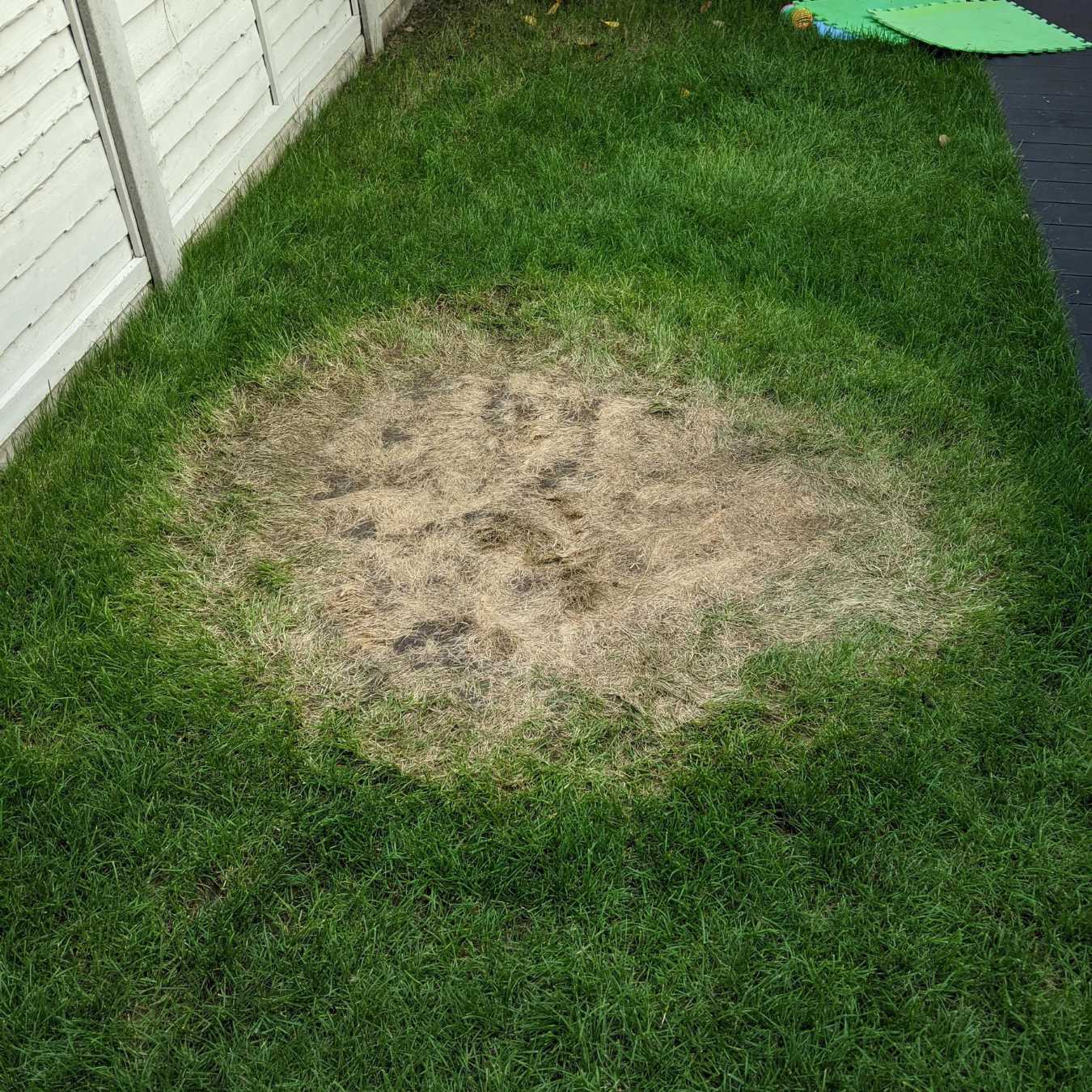
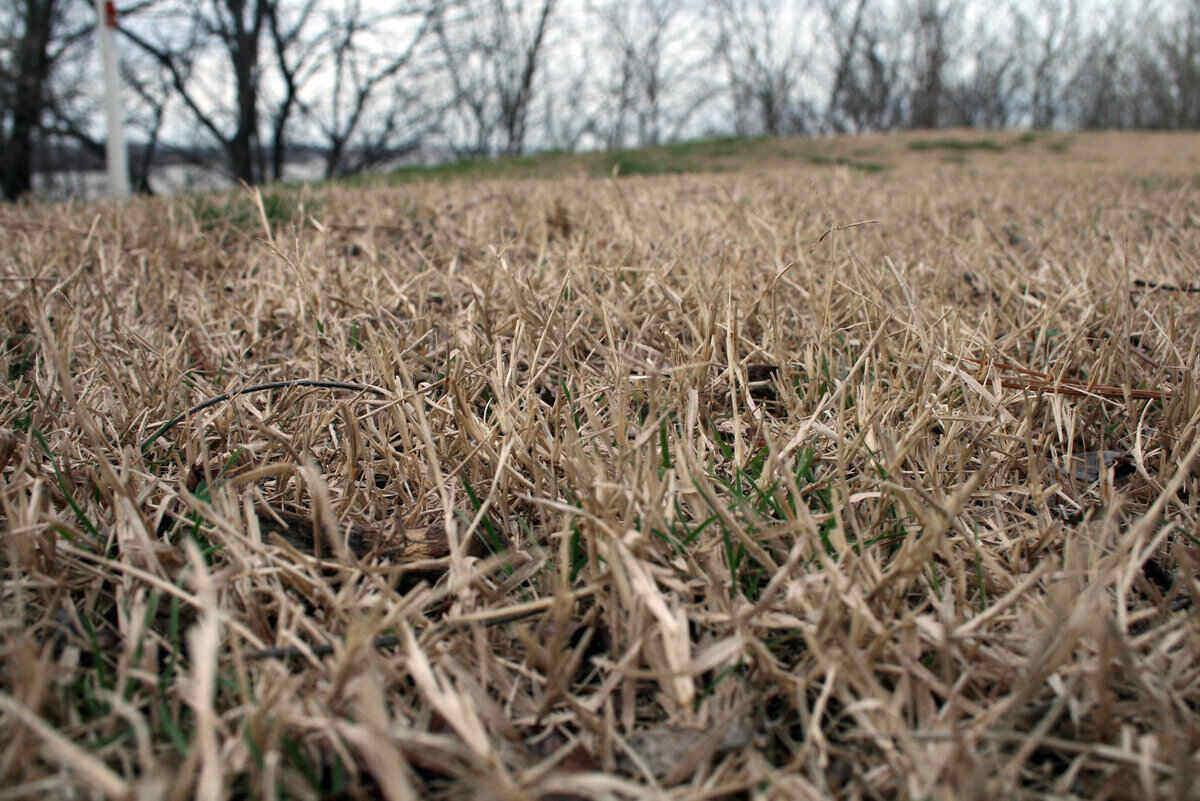
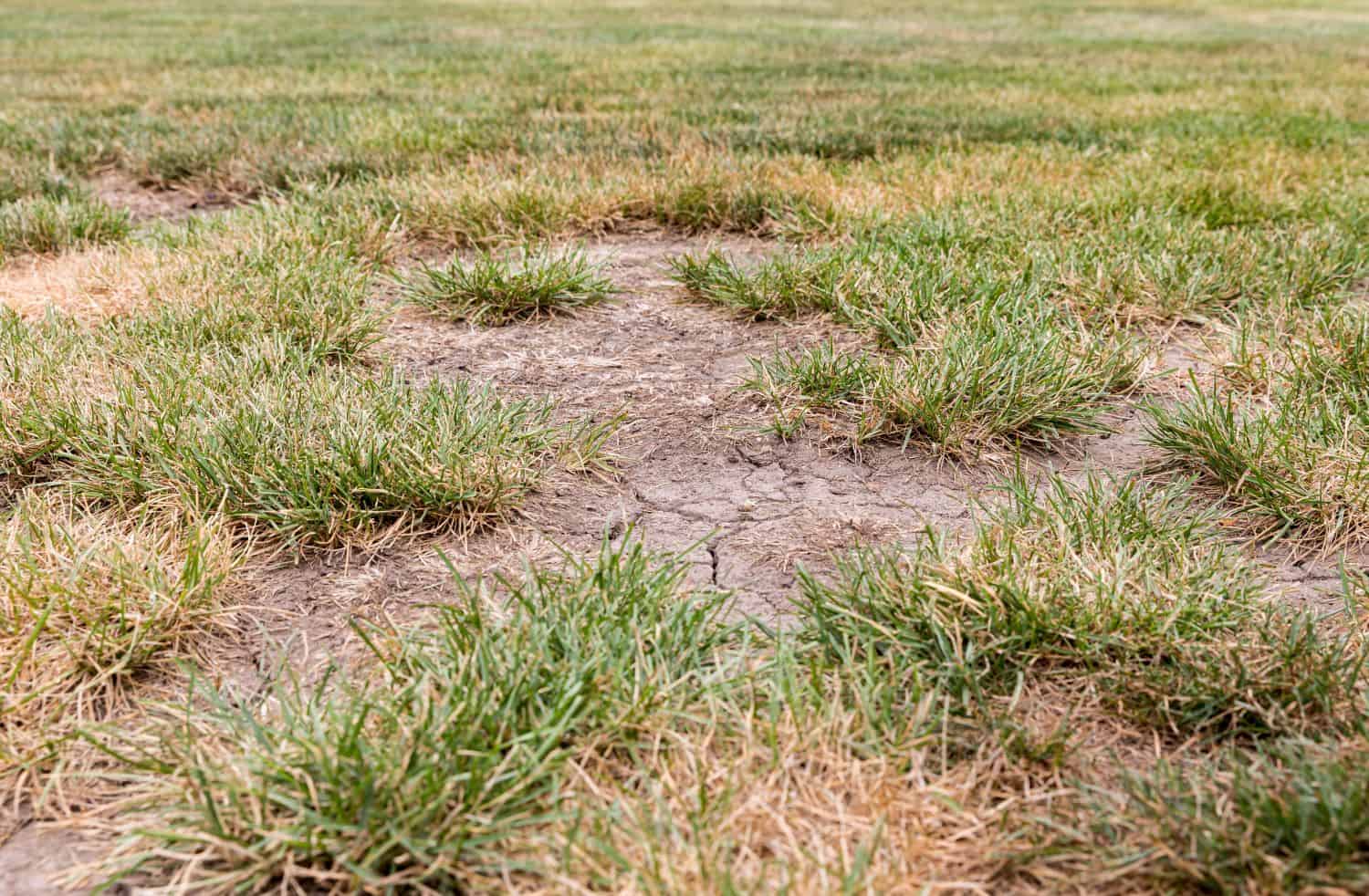

0 thoughts on “How Long To Water Dead Grass”